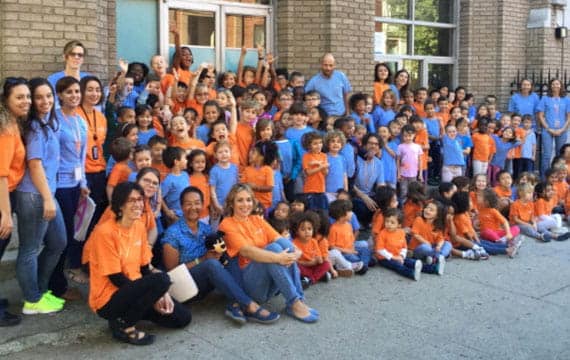Menu
Menu
Close
- Welcome
- Admissions
- AcademicsTeaching PhilosophySchool levelsHands-on Learning
- School LifeSchool Life

- I’m not FrenchI'm Not French

- Welcome
- Admissions
- AcademicsTeaching PhilosophySchool levelsHands-on Learning
- School LifeSchool Life

- I’m not FrenchI'm Not French

Menu





